Are you interested in exploring historic castles? These are the must-see castles in Tyrol:
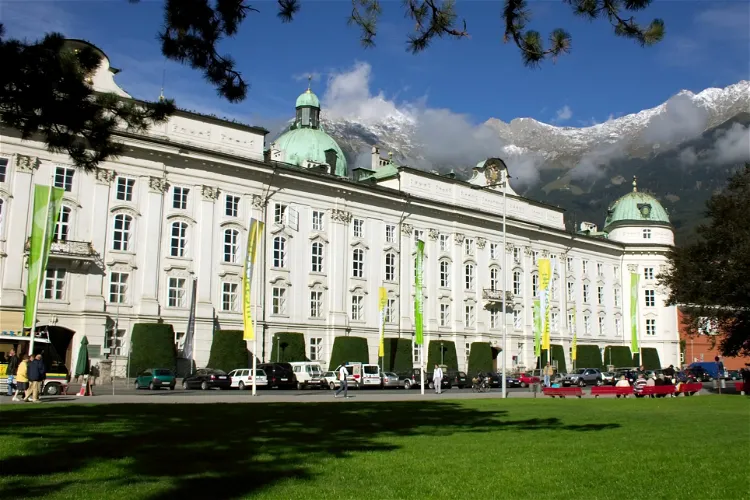
Hofburg, Innsbruck
InnsbruckThe Hofburg, located in the city of Innsbruck, is a former imperial and royal residence of Austria-Hungary. This historical site offers a glimpse into the past, showcasing the grandeur of the Austrian-Hungarian empire. Visitors can explore the former residence and learn about its rich history.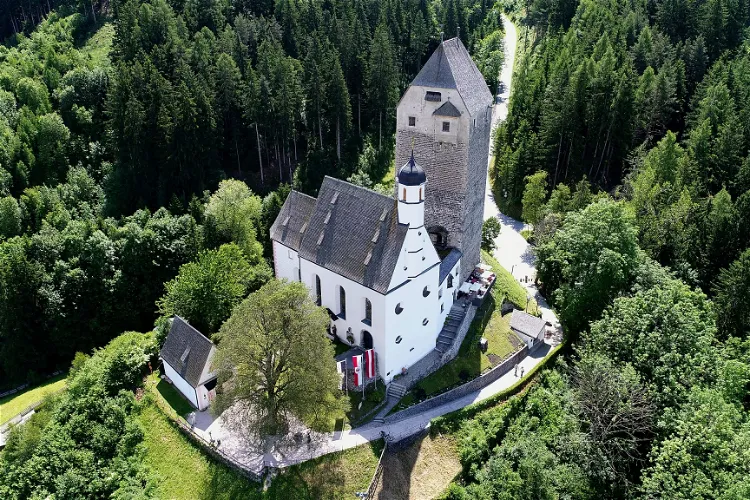
Freundsberg Castle
SchwazFreundsberg Castle was founded in 1150 by the Lords of Freundsberg. The initial structure was a five-story residential tower, standing 28 meters tall. This tower is still preserved today and visitors can see parts of the original fresco paintings. This historical aspect of the castle provides a glimpse into the past and is a highlight for those interested in history and architecture.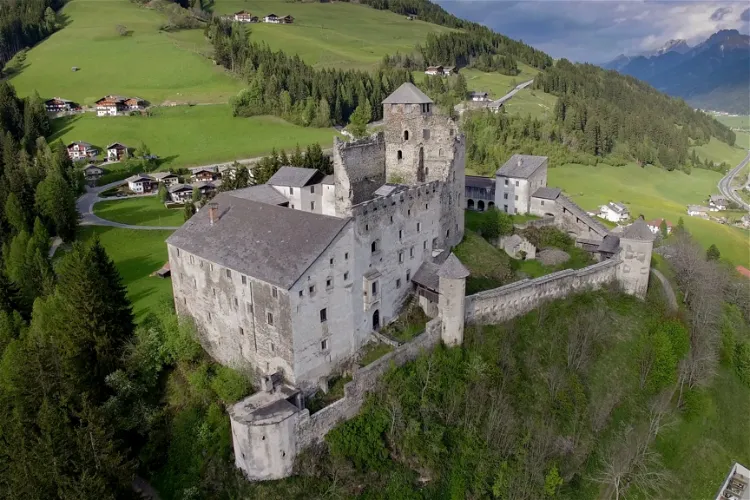
Heinfels Castle
PanzendorfBurg Heinfels, a castle in Heinfels, Tyrol, Austria, is a significant historical site. It is strategically located near the entrance to the Villgraten Valley, offering visitors a glimpse into the region's rich past. The castle's location also provides stunning views of the surrounding landscape, making it a worthwhile destination for those interested in history and nature.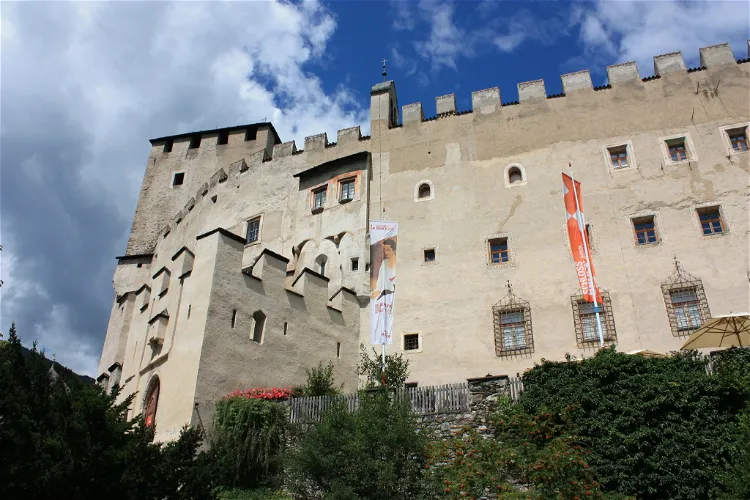
Burg Bruck
LienzSchloss Bruck served as the residence of the Counts of Görz from around 1278 to 1500, adding a rich historical context to the castle. One of the key features of the castle is its chapel, adorned with frescoes by Simon von Taisten. These frescoes are a significant attraction for art and history enthusiasts visiting the castle.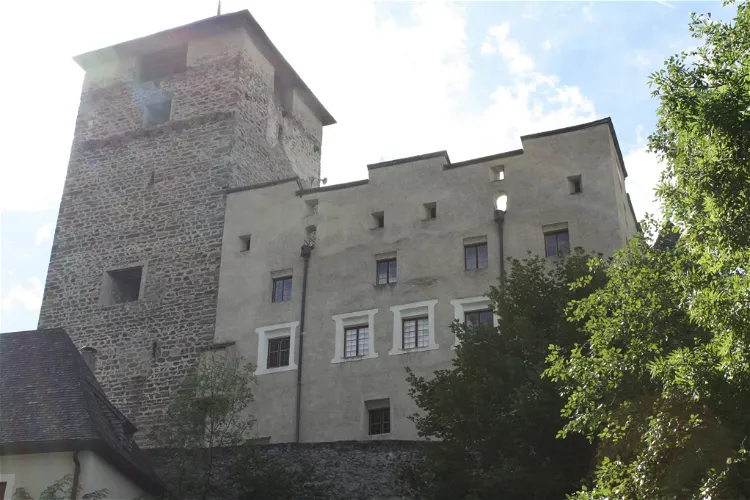
Landeck Castle
LandeckLandeck Castle is situated in a picturesque location in the south of the city of Landeck. It is perched on a rocky hill, nestled between the eastern valley slope and the deeply incised Inn. This strategic location offers stunning views of the surrounding landscape, making it a popular spot for tourists.- Online discount!

Ambras Castle
InnsbruckAmbras Castle Innsbruck is one of the main attractions of the state capital of Tyrol. The provincial sovereign, Archduke Ferdinand II (1529 – 1595), son of Emperor Ferdinand I, converted the Castle into a Renaissance palace, which is home to a museum building housing his famous collections. They con